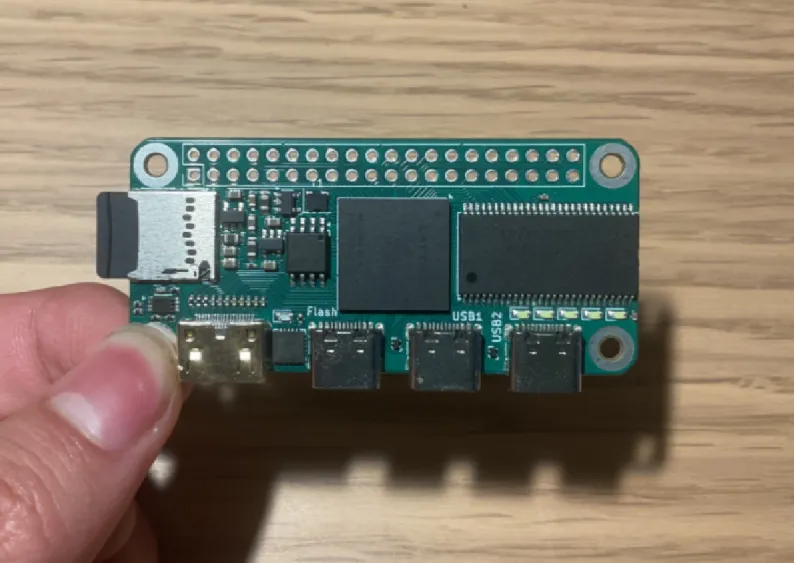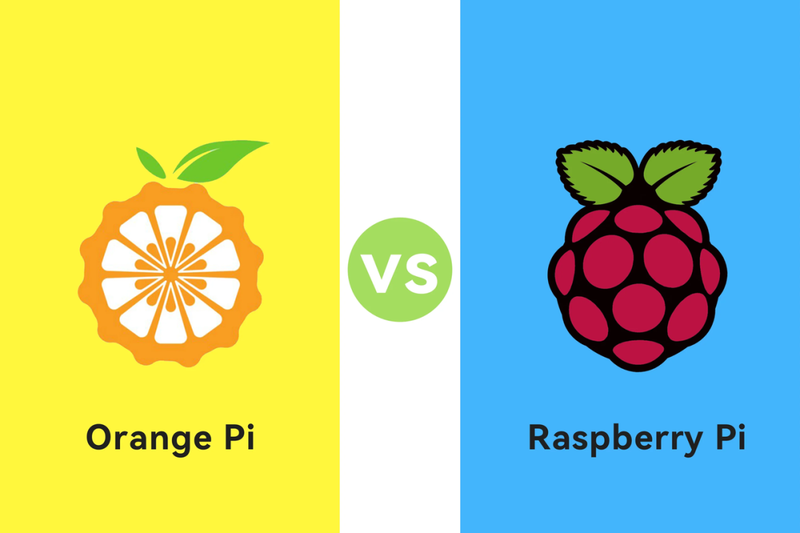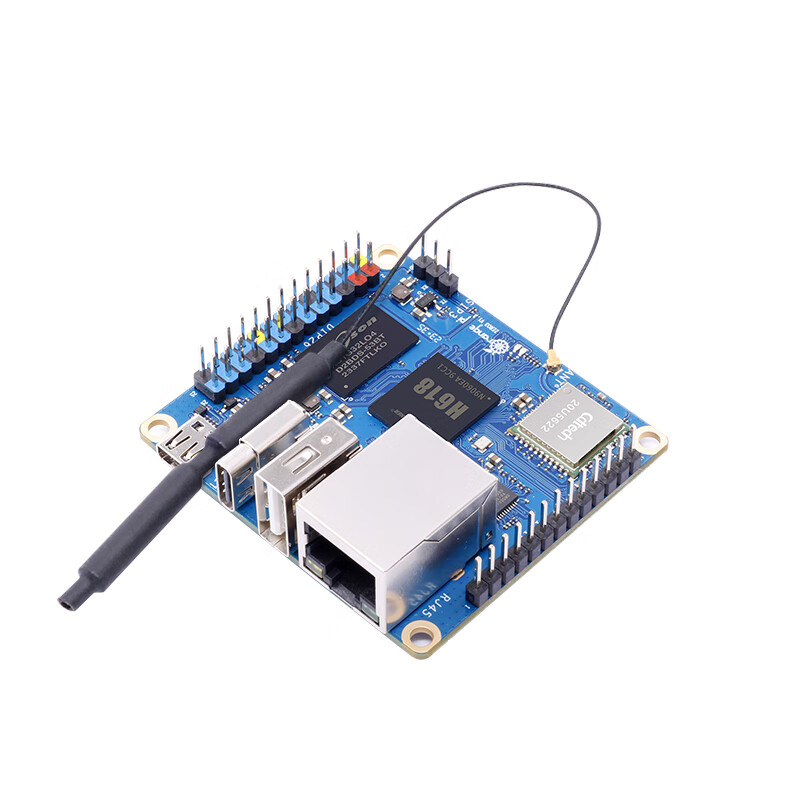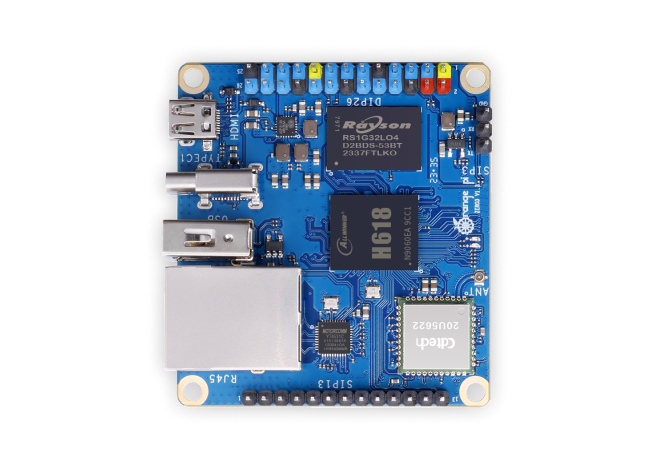I. Introduction
PT100 and PT1000 are both popular types of resistance temperature detectors (RTDs) used for temperature measurement. They are based on the principle that the electrical resistance of platinum changes with temperature. However, there are several differences between them that need to be considered when choosing the appropriate sensor for a specific application.
II. Resistance at 0°C
A. PT100
The PT100 has a resistance of 100 ohms at 0°C. This is a well - established standard in the industry, and many temperature measurement systems are designed to work with PT100 sensors. The relatively lower resistance value at 0°C makes it suitable for applications where long - distance signal transmission is required, as the signal loss is relatively small.
B. PT1000
In contrast, the PT1000 has a resistance of 1000 ohms at 0°C. The higher resistance value provides a larger signal change for a given temperature change, which can be beneficial for applications that require high - precision temperature measurement.
III. Sensitivity
A. PT100
The sensitivity of a PT100 is relatively lower compared to a PT1000. For a small temperature change, the change in resistance of a PT100 is smaller. This means that in applications where very small temperature differences need to be detected, a PT100 may not be as sensitive as a PT1000.
B. PT1000
The PT1000 offers higher sensitivity. Since its resistance changes more significantly with temperature, it can detect smaller temperature variations more accurately. This makes it a better choice for applications such as laboratory experiments, medical devices, and high - precision industrial processes where precise temperature control is crucial.
IV. Signal - to - Noise Ratio
A. PT100
Due to its lower resistance, the PT100 may have a relatively lower signal - to - noise ratio compared to the PT1000. In noisy electrical environments, the small signal changes of the PT100 can be more easily affected by electrical noise, which may lead to inaccurate temperature measurements.
B. PT1000
The higher resistance of the PT1000 results in a larger signal, which provides a better signal - to - noise ratio. This makes the PT1000 more resistant to electrical noise and more suitable for use in environments with high levels of electromagnetic interference.
V. Cost
A. PT100
PT100 sensors are generally more widely used and have been in the market for a longer time. As a result, they are often more cost - effective, especially for large - scale applications where cost is a significant factor.
B. PT1000
PT1000 sensors, with their higher precision and better performance in some aspects, are usually more expensive than PT100 sensors. However, the additional cost may be justified in applications where high - accuracy temperature measurement is essential.
VI. Application Scenarios
A. PT100
PT100 sensors are commonly used in industrial applications such as HVAC systems, general - purpose temperature monitoring in factories, and some large - scale industrial processes where the temperature range is relatively wide and high - precision measurement is not the primary requirement.
B. PT1000
PT1000 sensors are often used in applications that demand high - precision temperature measurement, such as in the pharmaceutical industry for drug production, in semiconductor manufacturing for precise temperature control during the production process, and in scientific research laboratories.






